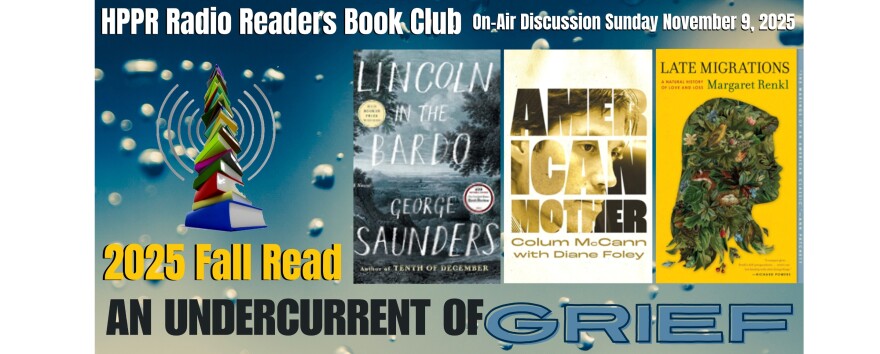Navigating Chaos & Confusion in War
by Michael Roberts
I have spent the better part of my life swimming in a world of tropes and schemes. In doing so, I have read and dissected a number of books, some fine examples of narrative prose and others simply wasted time. Eric Remarque’s excellent tome, All Quiet on the Western Front (AQWF), is one of my favorite anti-war books. I include the prefix “anti” because the picture painted by Mr. Remarque does not glorify or promote war. In fact, the book paints a rather ugly picture of conflict between nations and the toll war takes on individuals and families. War, in Remarque’s book, is not a romantic or heroic endeavor with hunger, amputated appendages, pestilence and loss supporting the man against man plot. So just because you have watched John Wayne’s 1968 movie The Green Berets, don’t think you have been apprised as to the reality of war.
Narratives are often framed by conflict and the search for resolution by the protagonists and supporting characters. In the case of AQWF, the protagonist, a young high school boy named Paul Baumer, is pressured by a high school teacher named Kantorek to “be a patriot” and join the German military during World War I. You will find, in Kantorek’s demeanor, an excellent example of an older, pompous, uninformed man who has never served in the military but is using his position to influence young students to do something they have no knowledge of—War. Moreover, the lives of Paul Baumer’s friends are negatively impacted by their enlistment with hunger, amputation, and ultimately death providing the denouement to the story. These young men find trench warfare to be anything but heroic and romantic. In fact the reality of conflict weighs heavily on their minds as the story unfolds. Needless to say, patriotism takes a backseat to reality as Paul’s friend list dwindles during his war years.
Many subplots affirm the nature of human behavior with its grief, humor and capacity for reason and emotion and Remarque’s storyline supports this portrait of mankind. Paul Baumer reveals the sweep of human behavior in his attempt to survive the perils and chaos of war. He exposes the futility of conflict (both literally and emotionally), social interaction and the reality of understanding loss at a young age.
I can’t leave this review without introducing Stanislaus Katczinsky (Kat), an older soldier and cobbler by trade. Kat is older than Paul Baumer but their age difference serves to draw them together as Kat’s pragmatic, self-reliant nature serves both he and Paul in their quest to survive the chaos of combat. Life can sometimes be seen as war and perhaps we all need a Kat in our lives to help us navigate the bedlam and confusion in our journey.










